Posted on 12/5/2023

As the mercury drops and snowflakes start to dance, the importance of equipping your vehicle with the right set of tires becomes paramount. Winter tires, designed specifically for cold and snowy conditions, offer a host of benefits that go beyond just navigating icy roads. Enhanced Traction on Snow and Ice The primary distinction of winter tires lies in their specialized tread patterns and rubber compounds. Unlike all-season or summer tires, winter tires are crafted to stay pliable in freezing temperatures, providing better grip on snow and ice-covered roads. The deeper grooves and sipes work in harmony to bite into the snow, ensuring your vehicle stays firmly planted even in challenging winter conditions. Improved Handling and Control Winter driving demands precise control, and winter tires deliver just that. The unique d ... read more
Posted on 11/29/2023
.jpeg)
Out of all the symbols on your car's dashboard, there’s one in particular that steals the spotlight with intrigue and concern – the check engine light. But what happens when this enigmatic indicator begins to flash, breaking the routine of its usual solid glow? It's not just a quirk; it's a coded message from your car's engine, and understanding the difference between a flashing and solid check engine light can be the key to averting automotive trouble. When Lights Take Center Stage As you start your car, the check engine light performs its opening act, a routine diagnostic check to ensure all systems are a "go." A solid illumination is the norm, signaling that everything is in harmony. However, when this light begins to flash, it's as if your car is sending an urgent distress signal, demanding immediate attention. Flashing Check Engine Light Imagine your check engine light is now a beacon, flashing SOS in ... read more
Posted on 10/28/2023
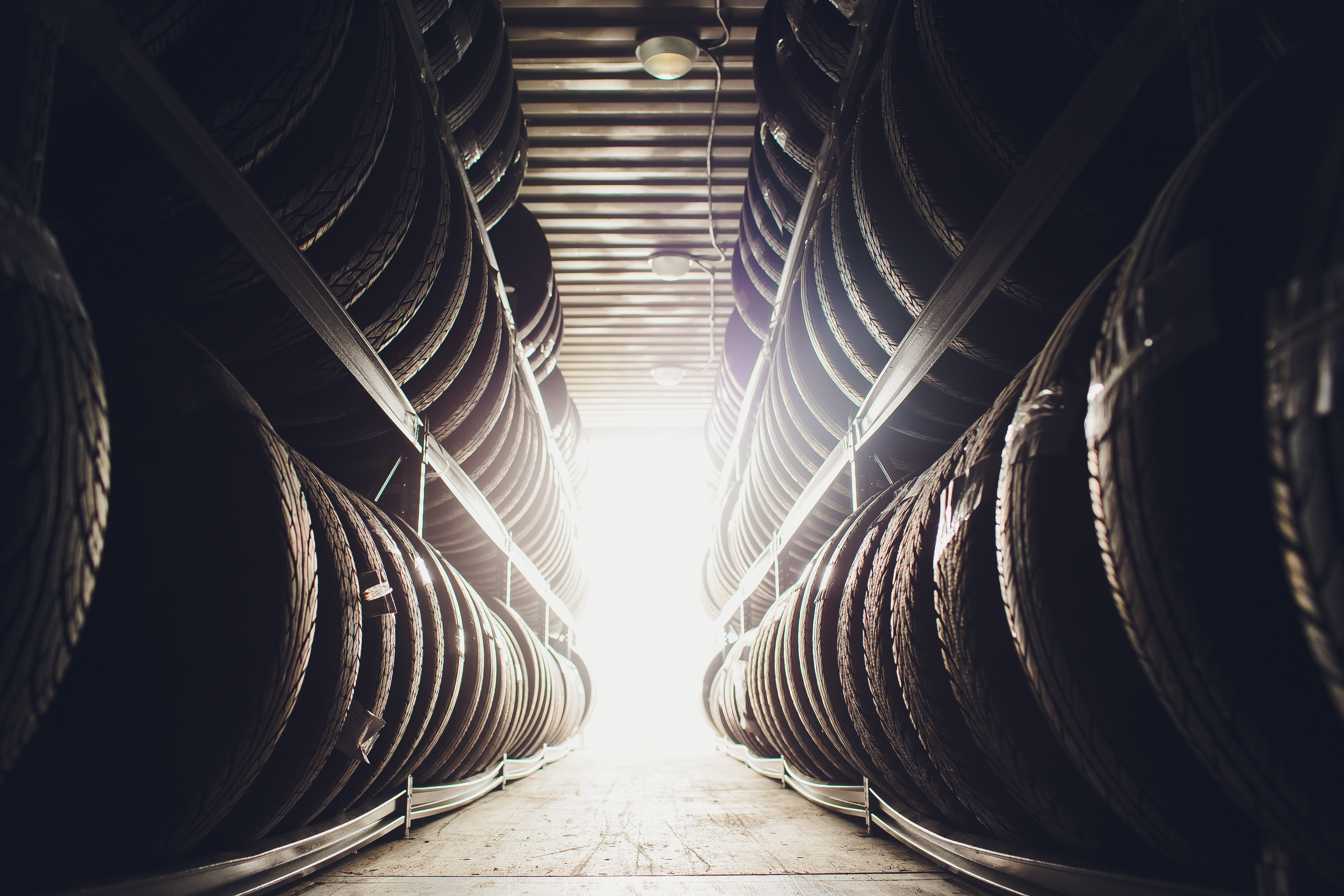
Have you ever considered what makes this harmonious journey possible? It's all about wheel balancing, the often-overlooked but crucial aspect of your car's performance. Let's talk a bit more about the mysteries of wheel balancing and explore the telltale signs that it's time to give your wheels some much-needed attention. What Is Wheel Balancing? Let's get to know the star of the show. Wheel balancing is the process of equalizing the weight distribution of a tire and wheel assembly. It ensures that the combined unit rotates smoothly, without wobbling or causing vibrations. The goal is to have your tires and wheels working together seamlessly, which not only enhances your car's performance but also extends the life of your tires. When your wheels are in perfect balance, your ride feels like a symphony. But how do you know when your car needs a tune-up ... read more
Posted on 9/22/2023
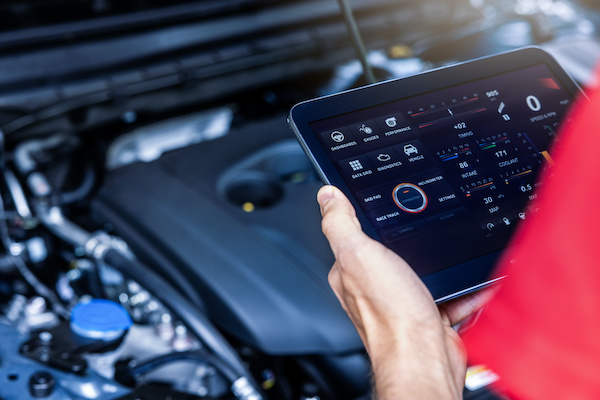
Ever wondered what goes on behind the scenes at your local auto repair shop? The answer often lies in the diagnostic equipment that plays a crucial role in keeping cars coming in and out of our shop with better performance. These high-tech tools are like the doctors' stethoscopes of the automotive world, helping technicians pinpoint issues and get you back on the road safely. Understanding Diagnostics Diagnostics are the unsung heroes of the automotive world. Their primary purpose is to identify and analyze problems in your vehicle's various systems, from the engine and transmission to the electronics and emissions. This process help technicians unravel the mysteries behind your vehicle's performance issues. Benefits of Using Diagnostic Equipment Precision: Modern vehicles are complex, with numerous interconnected systems. Diagnostic tools provide precise readings, helping technicians identify the exact nature and location of a problem ... read more
Posted on 8/31/2023
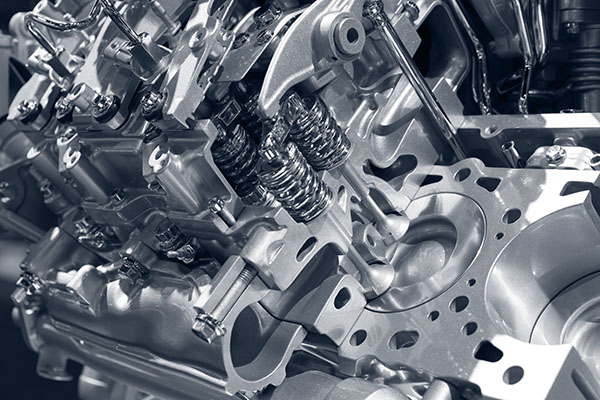
Have you ever wondered what lies beneath the hood and makes your car's engine roar to life? In this article, we'll take a closer look at the intricate components that come together to form the powerhouse known as the engine. Join us as we delve into the fascinating world of automotive engineering and uncover the key components that keep your vehicle running smoothly. Cylinder Block and Cylinder Head At the core of every engine is the cylinder block, a solid metal structure housing the cylinders where the combustion process occurs. The cylinder head sits atop the cylinder block, sealing the cylinders and housing components like the valves, camshaft, and spark plugs. This dynamic duo forms the foundation of the engine's structure and operation. Pistons and Connecting Rods Pistons are cylindrical components that move within the cylinders. Connected to the pistons are the connecting rods, which link the pistons to the crankshaft. The up-and ... read more
Posted on 7/30/2023
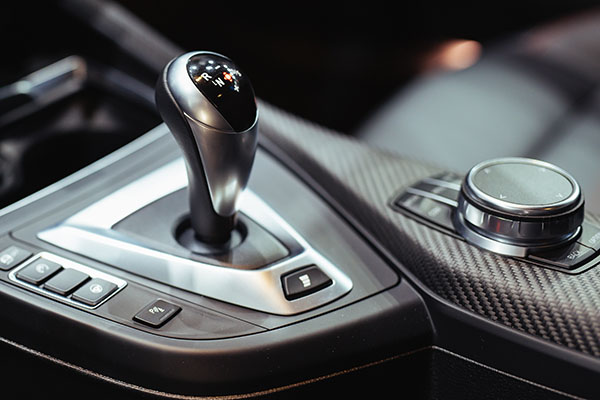
The choice between automatic and manual transmissions has long been a topic of debate among car enthusiasts. While manual transmissions offer a more engaging driving experience for some, there is no denying the fuel-saving advantage of automatic transmissions. In this blog, we will explore the reasons why automatic transmissions are more fuel-efficient than manual ones, shedding light on the technologies and design features that give them the edge in optimizing fuel consumption. Are you here for the short answer? The short answer to why automatic transmissions are more fuel efficient is that they have a better gear ratio - less power needed to power the gears, less fuel consumed. Advanced Gear Ratio Management One of the primary reasons for the fuel efficiency of automatic transmissions is their sophisticated gear ratio management. Automatic transmissions use a complex system of planetary gear sets to offer a wide range of gear ratios, allowing the ... read more
Posted on 6/30/2023

Aston Martin, the epitome of British luxury and performance, as some might say, has been captivating automotive enthusiasts with its elegant design and exhilarating driving experience for over a century. However, like any other vehicle, they are not immune to occasional issues. Let's get you up to speed with some of the most common, but still unlikely, problems that occur in Aston Martins Electrical Problems One of the recurring challenges in Aston Martins revolves around electrical systems. Some owners have reported issues such as malfunctioning dashboard displays, intermittent power window failures, or faulty sensors. These problems can often be traced back to loose connections, faulty wiring, or electronic component failures. Seeking the assistance of a qualified technician with experience in Aston Martins is crucial to diagnose and addressing these electrical gremlins effectively. Transmission Troubles A few Aston Martin models have experie ... read more
Posted on 5/31/2023
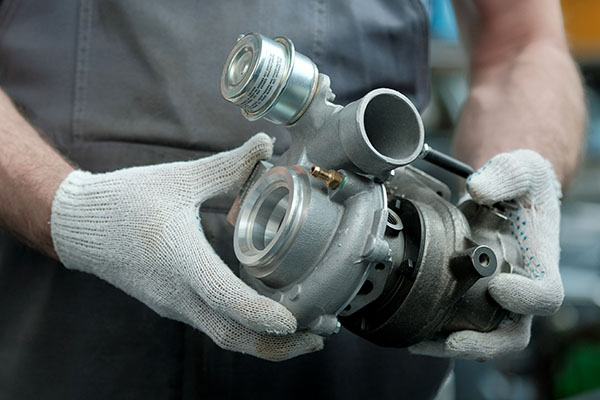
Turbochargers have become increasingly popular in modern vehicles, boosting engine performance and efficiency, while at the same time making them smaller. However, like any mechanical component, turbochargers can experience issues over time. Recognizing the signs they give off when a problem occurs is crucial to prevent further damage. Down below, we will discuss five common signs that indicate your turbocharger might be having problems. 1. Decreased Power and Performance One of the most noticeable signs of a failing turbocharger is a decrease in engine power and performance. If you feel a significant loss of power during acceleration, or if your vehicle struggles to reach high speeds, it could indicate a problem with the turbocharger. This can be caused by issues such as a worn-out turbine wheel, damaged compressor blades, or a clogged air intake. 2. Excessive Smoke From the Exhaust Another telltale sign of turbocharger trouble is the presence of ... read more
Posted on 4/30/2023
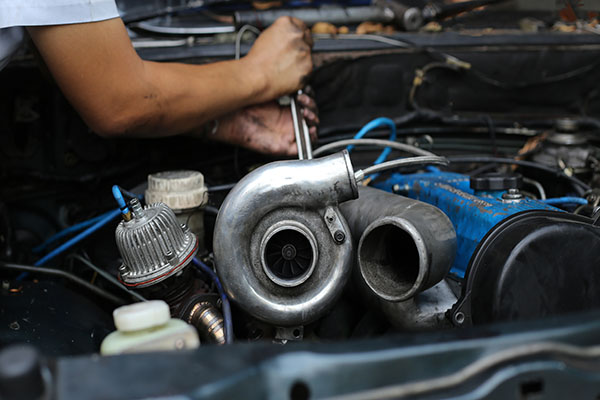
Have you ever noticed the letter "T" in some vehicle models or trims? Well, if you have, you have probably wondered what it means. The simple answer is turbo, meaning that the engine has a turbocharger (turbos). And if you want to know about the complex answer, continue reading because we will take a closer look at what turbochargers are, where they are located, and how they affect the engine. What Are Turbochargers Turbochargers are a component usually located in the engine bay that is directly connected to the exhaust system. They have two main components: an intake side and an exhaust side. Inside, there are two fins that are used to collect air. It also has a lot of bearings, so there is no friction between the moving parts. You can easily spot it because it resembles a snail or seashell. How Do They Work Now that you know about where it is located and its important parts, let's get into how it works. When your engine works, it pr ... read more
Posted on 3/29/2023
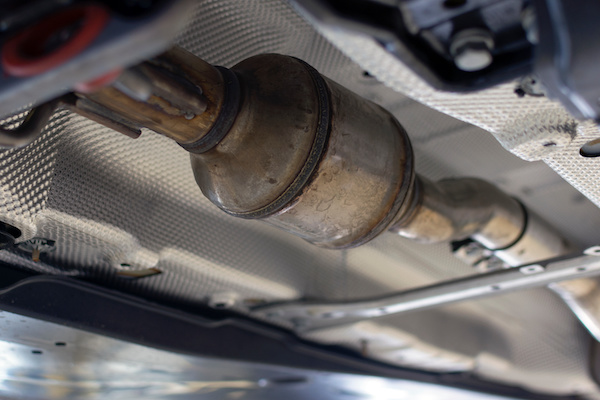
Catalytic converter theft has been on the rise in recent years, and it's become a significant issue for car owners. In this blog, we'll discuss why catalytic converter theft is on the rise and what you can do to prevent it. Let's start with what a catalytic converter is and why it's valuable. A catalytic converter is a device in your car's exhaust system that reduces the emissions of harmful gases, such as carbon monoxide and nitrogen oxide. It contains precious metals, such as platinum, palladium, and rhodium, which are valuable and can be sold for a high price. Thieves target catalytic converters because they can quickly sell the metals for a profit. Why Are Catalytic Converter Theft Cases on the Rise? High metal prices: The value of the metals used in catalytic converters has increased in recent years, making them more attractive to thieves. Prices for platinum, palladium, and rhodium have all risen significantly in the last few years, creati ... read more